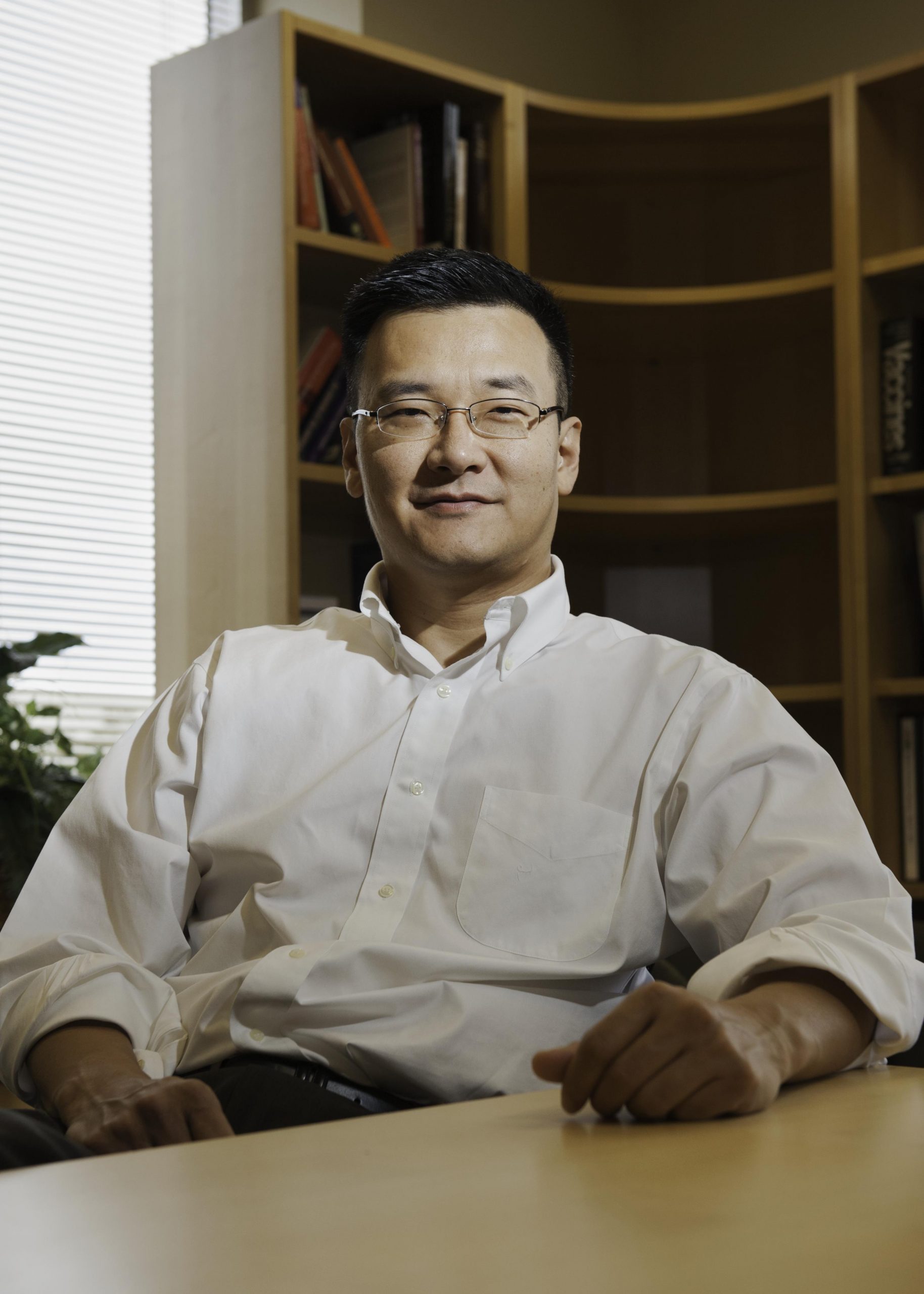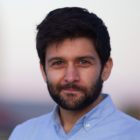A South San Francisco nonprofit drug development organization, OneWorld Health, is shattering the conventional profit-generating model of pharmaceutical companies by using a social enterprise approach to global health problems.
The nonprofit, founded by physicians Victoria Hale and Ahvie Herskowitz in 2000, has been working with for-profit biotechnology and pharmaceutical companies to develop and distribute drugs to improve the conditions of patients suffering from diseases such as kala-azar — a fatal disease transmitted by the sand fly, diarrheal disease, malaria and hookworm.
Richard Chin, an internist and CEO of OneWorld Health, said the organization develops new therapies for diseases where there is either no treatment or the cost of treatment is too high.
Chin estimates that the nonprofit’s work has saved about 20,000 lives since inception. That number is attributed to the Paromomycin Intramuscular Injection, a drug developed by OneWorld Health to treat kala-azar. Chin said that the Paromomycin drug was shipped to Sudan where there have been several severe outbreaks of the disease.
The nonprofit has an operating budget of about $25 million, and funding has come from international foundations and governmental groups like the Bill & Melinda Gates Foundation, the Skoll Foundation and the United Kingdom’s Department for International Development.
Chin talked with the San Francisco Public Press about OneWorld Health’s novel model in providing affordable medicines to marginalized patients in developing countries.
What was the inspiration for founding OneWorld Health?
The impetus for the organization comes from one piece of pharmaceutical development that is missing, which is a lot of pharmaceutical industries have been very effective at creating great new drugs for people with the wherewithal to pay for the drugs, but unfortunately the benefit of modern medicine really hasn’t been available to people in developing countries.
So for the 80 percent of the people on this planet,there simply has not been — before founding of OneWorld Health — an organization dedicated to coming up with new drugs for neglected diseases.
What organizations has OneWorld Health collaborated with?
We have collaborated with both biotech and large pharma. Most people here are from small and mid-size biotech, so we have a lot of people from Genentech for example. We have collaboration with a company called Anacor, which is a local biotech. We also have fairly large collaborations with Novartis, Sanofi and Roche.
What is the incentive for for-profit biotech and pharmaceutical companies in collaborating with OneWorld Health?
There are multiple — humanitarian, scientific and generating goodwill, as well moral or ethical responsibilities.
So who owns the patents of the drugs that are developed?
That also ranges the full spectrum. In the case of
Roche, for example, the patents for the discoveries that are made, we own — we have full ownership and rights to it. In other instances, for example, with Novartis,they would own the patent and we would get a royalty fee license to use the patent.
In which countries do you work?
Our mission is to work across the entire globe, but today our main focus has been in a part of India called Bihar, which is the second poorest state in India, near Nepal and Bangladesh. It’s an extremely poor region. The reason we went there is because the disease that we are working on called Leishmaniasis has a very high incidence in that particular part of India because people are so poor and this disease affects primarily the poorest of the poor patients.
How are the drugs distributed to them?
We have a couple of different ways. It’s available through the private sector. We have been trying for a while to get the drugs distributed through the free public health clinics that the government of India runs and we are almost there. So, it’s sort of two pronged. One is through the public sector and one is through the private sector, but even with the private sector, we have an arrangement with our manufacturer in India so that they sell it at no-profit.
What’s the size of the organization?
We are a very lean organization. We have a little over 20 employees in San Francisco. We have about a dozen in India. We have to develop drugs for one-tenth the cost of what it costs big pharma to do, so we have to be very, very lean and efficient.
This story appeared in the fall print edition.










